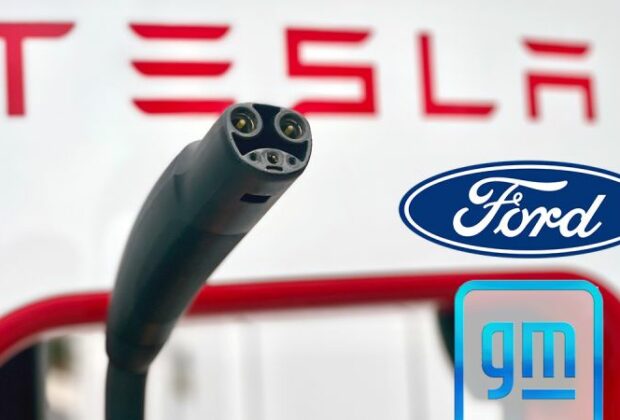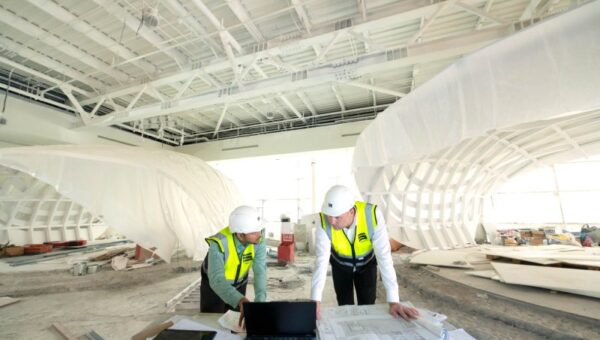Owners of Ford electric cars in North America, such as the F-150 Lightning and Mustang Mach-E, can now use Tesla Superchargers to recharge their vehicles as of Thursday.
The charging agreement, which makes use of fast-charging adapters, should “improve the EV ownership experience” for Ford EV drivers, according to a post on LinkedIn by Ford CEO Jim Farley, who also added, “I’ve tested it myself and its works great.”
Similar arrangements between Tesla and General Motors were revealed in June, granting GM customers access to over 12,000 Tesla fast chargers across the United States and Canada. At the time, GM CEO Mary Barra stated that her business anticipated saving as much as $400 million on an anticipated investment in the expansion of EV charging stations.
Elon Musk, the CEO of Tesla, has shifted his business approach with these alliances. For years, he has bragged about how exclusive Tesla’s charging network is and how his company can provide dependable charging stations that will prevent customers from having to wait in line. For Tesla to become the charging standard, significant investments in commercial and technical development were necessary.
However, collaborating with others will benefit Tesla much.
According to Sam Fiorani, vice president of worldwide forecasting at AutoForecast Solutions, Tesla should eventually profit greatly financially from these initiatives, notably through fees for charging sessions and environmental credits.
Presently, almost one in three charging stations in the United States is run by Tesla. “Tesla could still see $6 billion to $12 billion a year,” from its expanded charging business by 2030, according to Fiorani, an email exchange. This is even if domestic adoption of battery electric vehicles slows down and the fleet of electric vehicles is smaller than what the government and many automakers planned six months ago.
Tesla may lose some consumers to competing brands if it makes charging simpler, but there are more reasons why Tesla owners choose their vehicles, according to AutoForecast.
According to Fiorani, ““People shopping for a Tesla aren’t typically cross-shopping at Kia, Ford, or Mercedes-Benz dealers because they simply want a Tesla,” “Competition will continue to heat up and Tesla will inevitably lose some sales to rivals, but loyalty to the brand means the vast majority of owners will return to Tesla with little or no comparison shopping.”
Elon Musk, the CEO of Tesla, has shifted his business approach with these alliances. For years, he has bragged about how exclusive Tesla’s charging network is and how his company can provide dependable charging stations that will prevent customers from having to wait in line. For Tesla to become the charging standard, significant investments in commercial and technical development were necessary.
As part of President Biden’s Inflation Reduction Act, Tesla will also be able to get federal funding if it permits other automakers to use its charging network.
Fiorani stated, “Tesla is not afraid to use government regulations for income and has been working all possible revenue streams for much of its existence,”
An inquiry for more details was met with silence from Tesla.
Tesla uses its “Total automotive & services and other segment revenue” to disclose charging revenue. The business has not stated if it plans to separate money from the use of its charging network by non-Tesla vehicles.
Tesla’s Strategic Charging Programs lead, William Navarro Jameson, stated in a post on LinkedIn on Thursday that a significant amount of “interoperability testing” has been necessary to get to this point with Ford, in addition to developing all the required hardware and software integrations and resolving legal concerns.
He wrote, “There have been so many pieces to this puzzle that have been put in place over the past 18 months,”
To encourage more shops to set up Superchargers at their locations, Tesla shared a link on social media along with news of the expansion of its charging network throughout North America.




